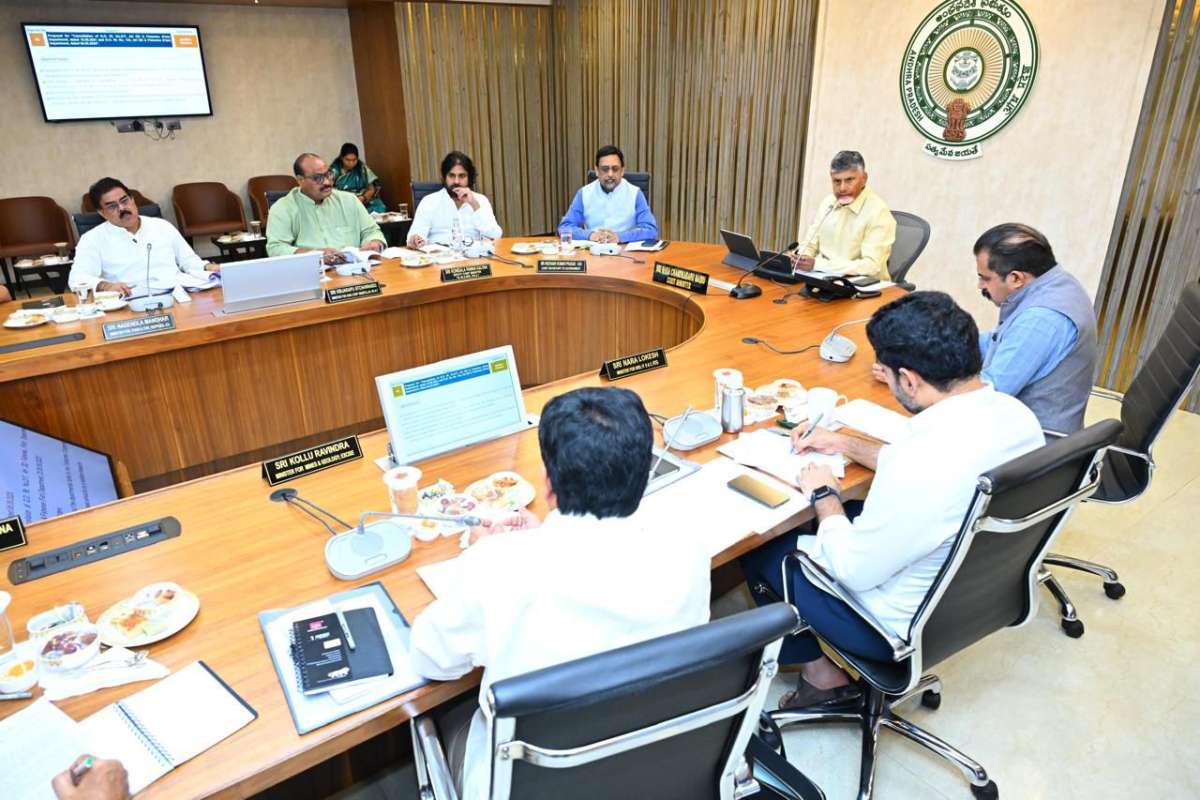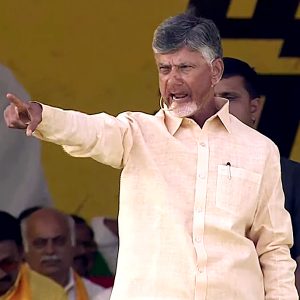The state government suddenly declared a power holiday bringing major and minor industries to a grinding halt…reports Mohammed Shafeeq
Homes in darkness, patients suffering in government hospitals and industries coming to a grinding halt in Andhra Pradesh show the severity of the power crisis gripping the state.
An incident in which a woman delivered a baby under a cellphone light at a government hospital in Narsipatnam and the visuals of patients having a harrowing time at many other state-run hospitals due to power outages amid the sweltering heat highlight the grim situation.
From domestic to agriculture and industry, every sector is suffering due to a huge gap between demand and supply.
With power deficit hovering around 40-50 Million Units (MU) per day, the power distribution companies (DISCOMs) have resorted to Emergency Load Relief (ELR). While officially the power cuts are for one hour for the domestic sector in villages and half an hour in cities and towns, people have been complaining of outages for several hours every day.
The state government suddenly declared a power holiday bringing major and minor industries to a grinding halt.
Industries functioning round-the-clock have been asked to slash their power demand by 50 per cent while others have been directed to declare a power holiday once a week, in addition to their normal weekly off. The power utilities also told the industries to have only one shift during daytime.
The power holiday would adversely impact 253 industries that are working round the clock and 1,696 non-continuous industries under the AP Southern Power Distribution Company Limited (APSPDCL) purview. The government, private companies and shopping malls have been advised to use only 50 per cent of air-conditioners and not to use power for publicity hoardings and signboards between 6 p.m. and 6 a.m.
This is the first time since the bifurcation of united Andhra Pradesh that the state has been forced to declare a power holiday.
Against the daily demand of 220-230 MU, the power utilities are able to supply only 180 MU. According to the Energy Department, the crisis is due to the increased demand and this is in line with the national trend.
The increase in demand is attributed to the resumption of economic activities after the Covid-19 situation came under control, agriculture activity and the summer conditions peaking early this year. The officials pointed out that states like Gujarat have also been forced to declare a power holiday.
However, Andhra Pradesh is the only state in south India which is unable to meet the growing demand. The remaining four states and one Union Territory are supplying uninterrupted power to the domestic and industrial sectors.
Andhra Pradesh’s neighbour Telangana has been successfully meeting the demand which reached the highest since 2014. Telangana’s daily power demand in recent days surged to 265 MU.
Andhra Pradesh had no power cuts after October 2014 but now it has become the only state in the region unable to meet the increased demand.
The power demand in entire South India on April 7 was 1,221 MU. The total deficit was 28.71 MU of which Andhra Pradesh alone accounted for 23.53 MU deficit.
Though Andhra Pradesh has more resources than other states, it is finding itself in a crisis. The experts attribute this to lack of advance planning on the part of the power utilities to meet the growing demand.
While other states were able to anticipate the demand and took quick measures to purchase power from power exchanges, the authorities in Andhra Pradesh apparently failed to act quickly. With the increased demand, the cost of power went up in the open market and the state is now struggling to purchase it due to lack of financial resources.
Andhra Pradesh is generating 130 MU from all resources and it gets 40-50 MU from central utilities. Among the southern states, Andhra Pradesh is considered to have the highest thermal power generation at 89.83 MU. The state also produces 7.78 MU hydel power, 3.61 MU from other resources, and 27 MU renewable energy. Unable to bridge the deficit, the DISCOMS had no option but to impose cuts.
Telugu Desam Party (TDP) president and former chief minister N. Chandrababu Naidu blamed the Jagan Mohan Reddy government for the power crunch. According to him, people are reeling under long hours of unscheduled power cuts and it is the state government which is solely responsible for it.
“The situation is pathetic. The government is unable to come to the rescue of pregnant women suffering in hospitals due to untimely power cuts,” he said.
“A state which was once illuminated with abundant power has now been pushed into darkness and blackouts. Who is responsible for the state slipping from surplus power status into unprecedented deficit now,” he asked.
Chandrababu Naidu demanded that the YSR Congress Party (YSRCP) government explain to the people why the state was facing frequent and long power cuts.
Bharatiya Janata Party national general secretary Daggubati Purandeswari has blamed the faulty policies of the YSRCP government for the present crisis. She alleged that industrial and economic progress has come to a standstill in the state due to wrong policies adopted by the government.
“After coming to power, the YSRCP government cancelled Power Purchase Agreements (PPA) which created a mess. The state lost investment opportunities in the power projects,” the former union minister said. She believes that the announcement of the power holiday will spell doom for the industrial sector.
However, energy secretary B. Sridhar believes that the electricity shortage is temporary. According to him, the coal shortage, huge increase in power consumption, and growing demand for power purchase in the open market in the country created the situation. He is confident that the state will overcome the shortage by the month-end.
Due to the coal shortage, power generation at the Krishnapatnam thermal station has come to a halt. With the power demand going up across the country, there is stiff competition for power purchase in the open market.

Officials point out that earlier 14,000 MW power was available in the power exchanges but now it has come down to 2,000 MW. The per unit cost has gone up to Rs 12 from Rs 4 earlier. The state still bought 1,551 million units during March by spending Rs 1,258 crore.
As the demand from the agriculture sector is likely to go down by the month-end with more wind energy likely to be available, officials expect normalcy to be restored soon. They also hope that the power cost in the open market will come down, making it easy for the power utilities to bridge the deficit, if any.














